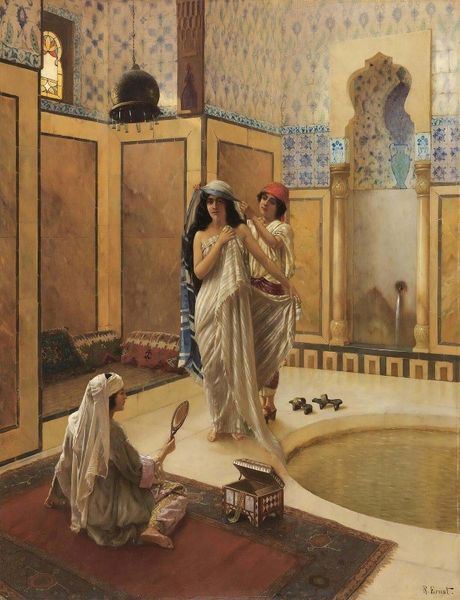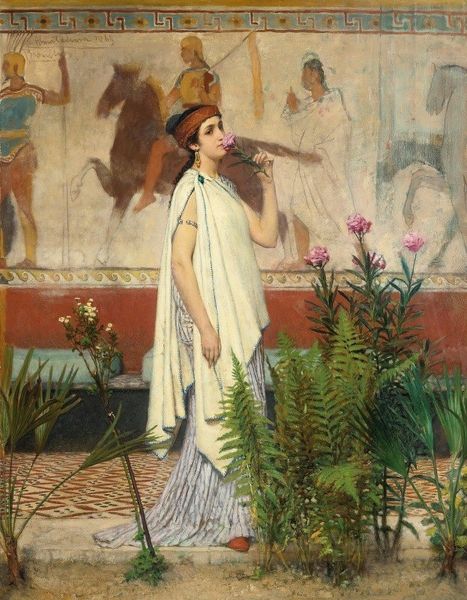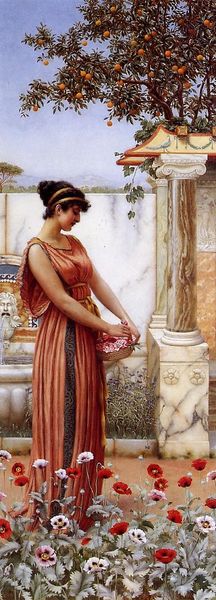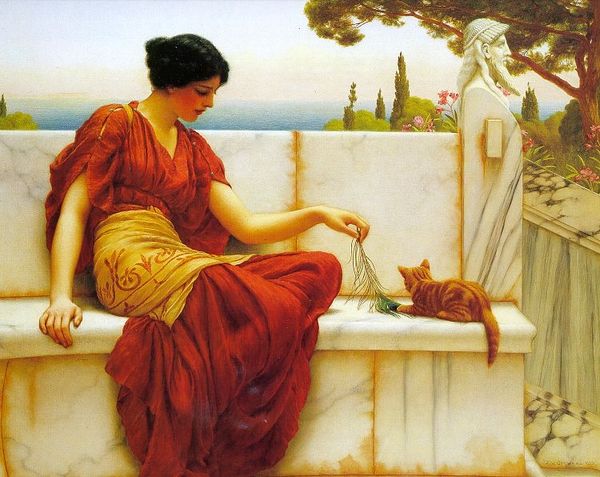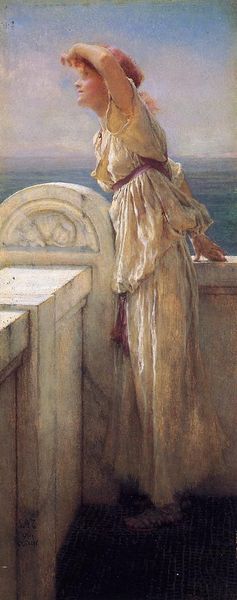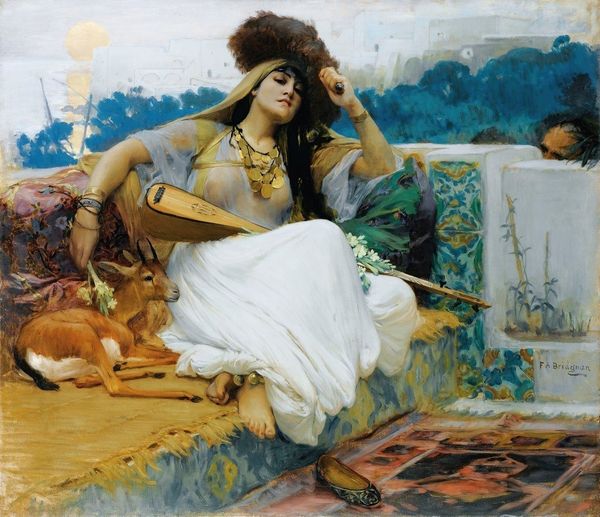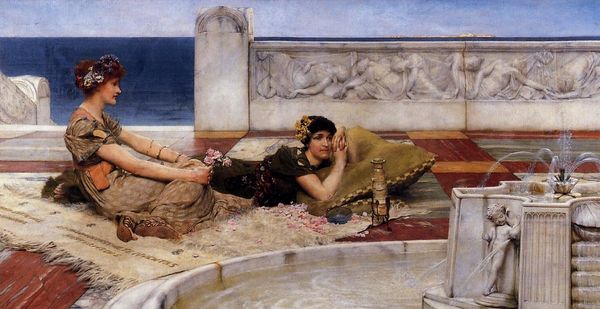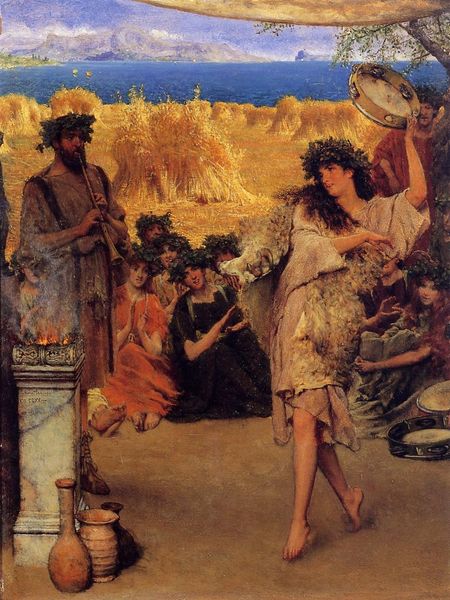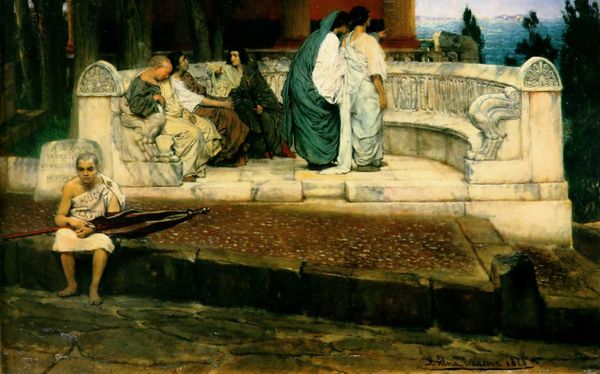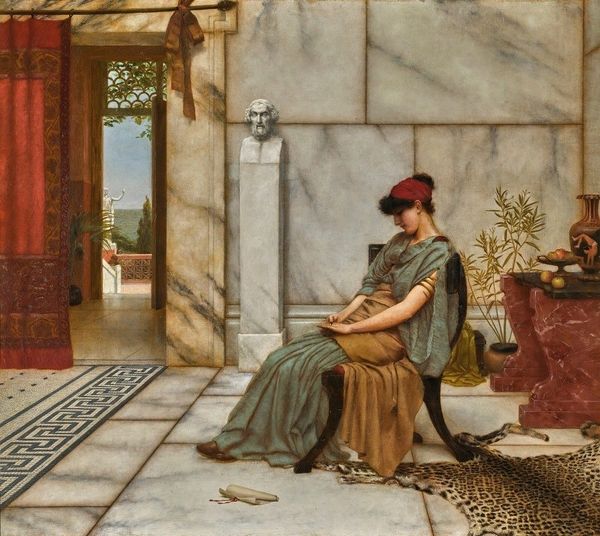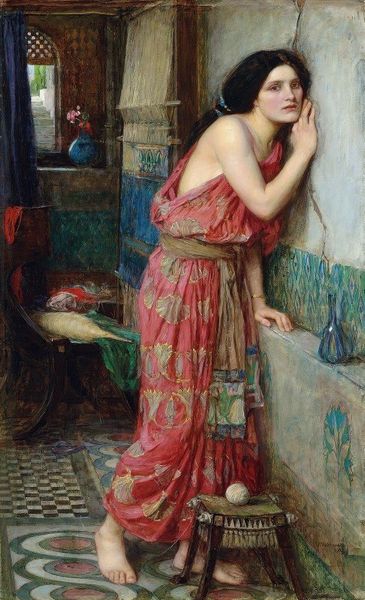
#
abstract painting
#
sculpture
#
possibly oil pastel
#
oil painting
#
acrylic on canvas
#
earthy tone
#
underpainting
#
painting painterly
#
watercolor
#
warm toned green
Copyright: Public domain
Rudolf Ernst, an Austrian Orientalist painter, created “The Harem Bath” during a period when European artists were fascinated by the Middle East and North Africa. This interest, however, often resulted in the misrepresentation of these regions and their people. Orientalist paintings such as this one, frequently exoticized and eroticized Middle Eastern cultures. Consider the figures in the bath: they are shown in a state of leisure and undress, reinforcing stereotypes about the sensuality and supposed idleness of women in harems. These depictions catered to the fantasies of European male audiences, telling us more about the societal values of the Western male gaze than the realities of life in the Ottoman Empire. What is the purpose of these images? Do they intend to depict the "other", or do they simply reflect European fantasies? “The Harem Bath” is therefore both a product of its time and a reflection of enduring power dynamics between the East and the West. It reveals the ways in which cultural exchange can become a vehicle for the perpetuation of stereotypes.
Comments
No comments
Be the first to comment and join the conversation on the ultimate creative platform.
